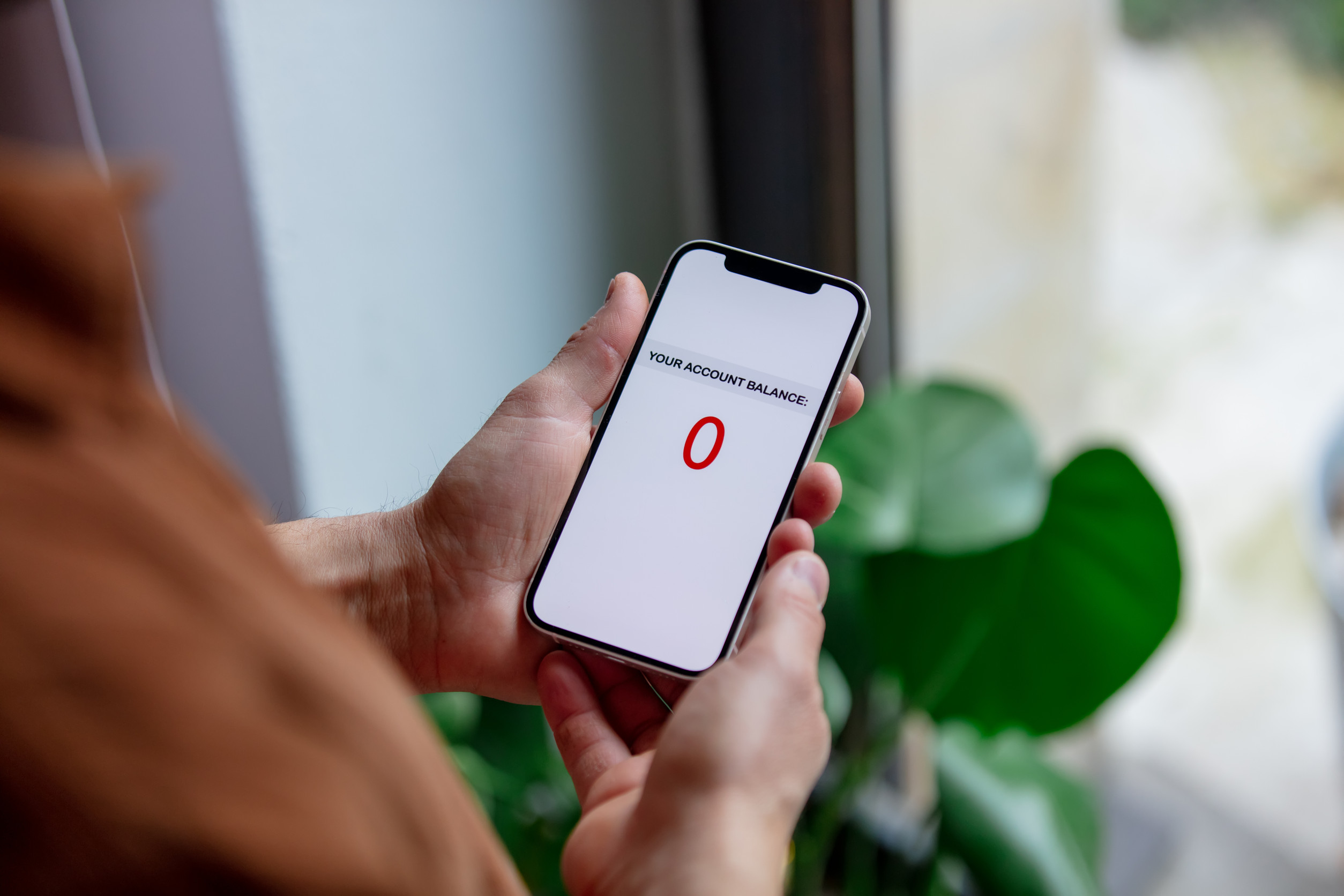Ever checked your bank account expecting it to be at zero, only to find it dipped into the negative with surprise fees attached? It feels like a magic trick, but not the fun kind—more like the disappearing-money kind. Banks have built a reputation for charging fees at the oddest times, and the zero-balance account scenario is one of the most frustrating.
The truth is, these fees don’t appear out of thin air; there are rules, systems, and business motives behind them. Let’s break down why some banks seem to keep charging even when your balance should be safe at zero.
The Business Model Behind Bank Fees
Banks aren’t just vaults that hold money; they’re profit-driven businesses. When balances run low, fees become one of the most consistent revenue streams. That’s why monthly maintenance charges, inactivity fees, and minimum balance penalties exist. Even accounts labeled as “free” often come with fine print that allows charges once conditions aren’t met. Banks lean on these fees as a safety net when customers aren’t actively generating profit through deposits or loans.
The Myth of “Free” Banking
The idea of a free bank account sounds great on a billboard, but there’s usually more lurking underneath. While marketing highlights no upfront charges, hidden conditions are buried in the terms. A zero balance can trigger dormant account fees, inactivity penalties, or even administrative charges. Banks count on customers not reading every clause in the account agreement. “Free” often means “free until the fine print catches up.”
Minimum Balance Rules Strike Back
Many banks set minimum balance requirements to keep accounts active without fees. Drop below that threshold—even if just for a day—and a charge can apply. The frustrating part is that this can happen even if the account already has no money in it. Fees don’t pause just because the balance has reached zero. In effect, the account becomes a liability in the bank’s eyes rather than an asset.
Inactivity Can Cost More Than You Think
Leaving an account untouched might seem harmless, but banks often see it as wasted space. Inactivity fees are their way of pushing customers to either close the account or start using it again. Even with no money inside, the account remains in the bank’s system, requiring maintenance on their end. These charges accumulate quietly, often leading to negative balances without warning. What starts as a zero-balance account can quickly snowball into debt territory.
The Administrative Excuse
Banks often justify zero-balance charges by pointing to administrative costs. They claim it takes resources to keep an account open, even if the customer isn’t using it. Statements still need to be generated, digital security maintained, and regulatory requirements met. While this explanation makes sense on paper, customers rarely feel sympathetic. To the account holder, it feels like being billed for nothing.
Technology Doesn’t Erase the Rules
Online banking has created the illusion that accounts are costless to maintain. After all, everything happens digitally—no paper, no branch visits, no tellers. But banks argue that cybersecurity, software systems, and compliance measures still cost money. Zero-balance accounts are treated no differently under these digital expenses. So even in the app era, old-school fees are alive and well.
Why Banks Don’t Just Close Zero-Balance Accounts
It may seem logical for a bank to shut down unused accounts instead of charging fees. However, many institutions prefer to keep them open because they hope customers will return. A closed account is a lost customer, but an open one—even with a fee balance—still holds potential. Some banks even use those negative balances as leverage to push customers back into activity. In short, fees are a way to keep the door cracked open for future revenue.
The Fine Print Always Wins
Account agreements are legal documents crafted with precision. They’re filled with conditions that allow banks to collect fees regardless of balance. Customers rarely read every page, but the bank always enforces them to the letter. Zero-balance fees may feel unfair, but they’re almost always backed by written terms. The fine print is the bank’s shield, and it’s why customers lose these disputes more often than not.
Alternatives Exist, But Not Everywhere
Not every financial institution plays the zero-balance fee game. Online-only banks and credit unions often waive such charges to attract frustrated customers. However, these options aren’t equally available to everyone, especially in rural areas or among those needing specific branch services. Traditional banks rely on this gap, keeping their fee-heavy systems in place. Alternatives exist, but convenience often traps customers where they are.
The Ripple Effect of Small Fees
A single zero-balance fee might seem minor, but the real problem is how they compound. One charge can trigger overdrafts, late fees, and even negative credit reports if left unpaid. Suddenly, what started as a quiet account with no money turns into a financial headache. The ripple effect is what makes these fees so controversial. Banks earn small amounts, but customers pay a much larger price in stress and reputation.
How to Avoid Getting Trapped
The best defense against zero-balance fees is staying one step ahead. Closing unused accounts, moving to banks with friendlier terms, or setting up alerts can all help. Regularly checking the fine print ensures fewer nasty surprises. Some banks even allow customers to opt for no-paperwork, digital-only accounts with fewer fees. The key is being proactive before the charges pile up unnoticed.
The Cost of Standing Still
Zero-balance fees aren’t random—they’re the result of how banks structure their business. From minimum balance rules to inactivity charges, every dollar matters to the institution holding your account. While it feels frustrating, understanding the reasons can help you avoid the traps. The choice comes down to staying active, switching banks, or risking silent charges stacking up. What’s your take on these zero-balance fees?
Share your thoughts or drop a comment—your story might help someone else dodge the same surprise.
You May Also Like…
Why Are So Many Middle-Class Families Paying More in Bank Fees Than the Wealthy
10 Loan Programs That Enrich Banks While Borrowers Struggle
10 Little-Known Fees That Hide in Retirement Accounts
6 Situations Where Cosigning Has Ended in Bankruptcy
9 Common Fees Banks Don’t Advertise—But Still Charge


